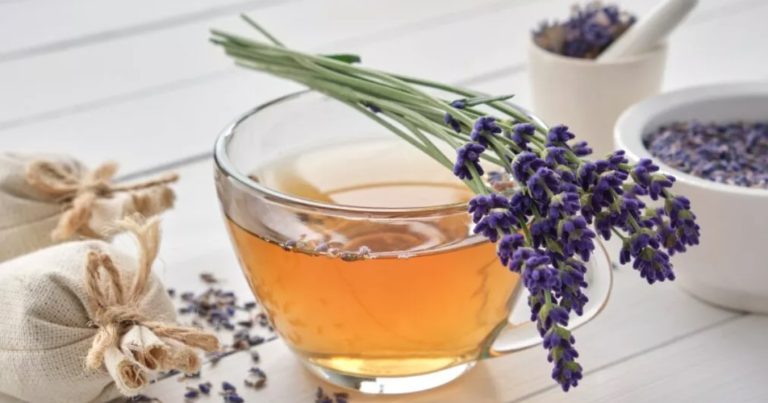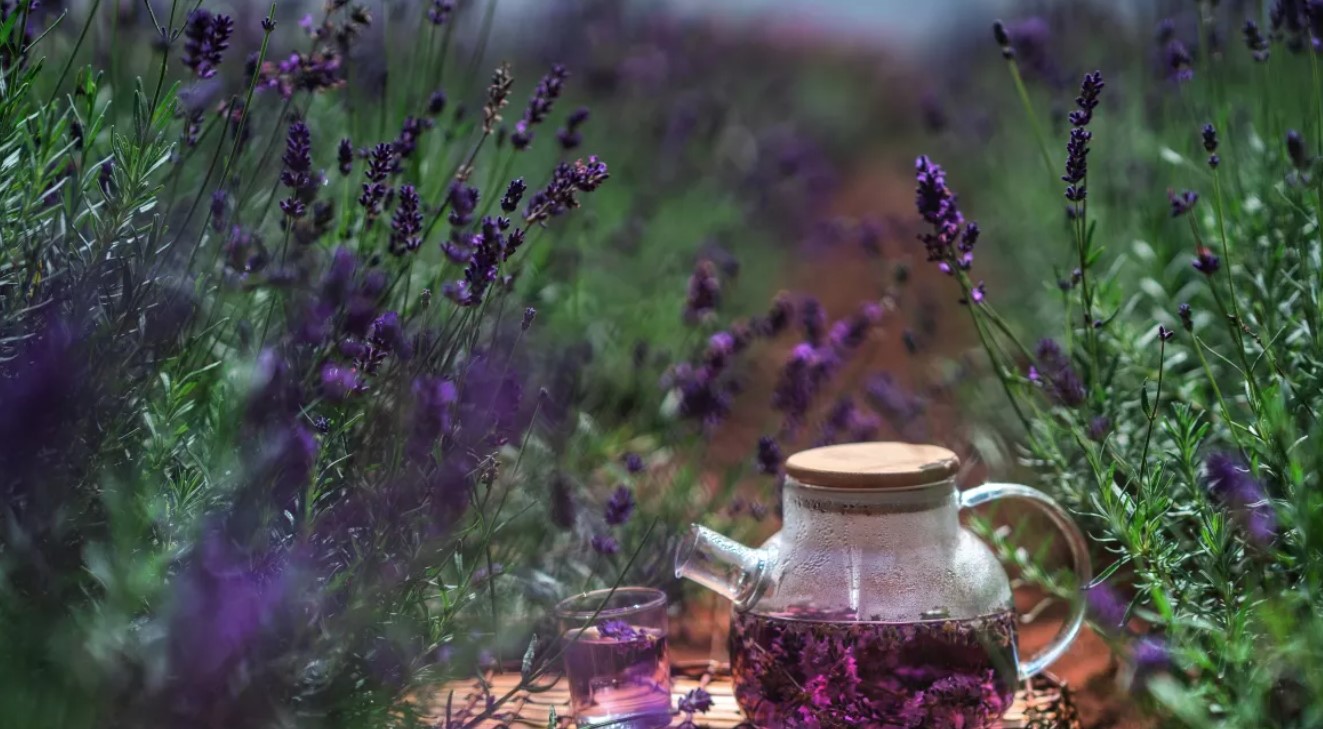Lavender has numerous properties that make the plant very popular as a home remedy and remedy. It has numerous useful characteristics. Cultivation and care are not difficult. And lavender oil is also great for health.
Lavender is a beautiful flowering plant that can be used in a variety of ways. In addition to being used for decoration, such as in ornaments and landscaping, lavender is also used as a home remedy and medicinal plant. For this purpose, a high-quality essential oil is also produced from the buds of the lavender.
Manufacture of essential oils
Essential oils are mostly extracted from English lavender and are used in creams, perfumes, and numerous cosmetics. Dutch lavender also provides essential oils, but these have a slightly sharper scent.

Cultivation and care of lavender
Easy to grow and care for, lavender thrives in full sun in well-drained soil. Lavender is cultivated for its essential oils. After a wet winter, you need to drain the plants and move them to a spot with plenty of sunlight and airflow. Be sure to trim the lavender regularly. Lavender also thrives in tight flower pots and boxes indoors. The ideal spot is dry and sunny with some fresh air.
Medicinal uses as a remedy
During World War I, lavender oil was used in hospitals to disinfect floors. In aromatherapy, lavender oil is an essential ingredient and is used along with other herbs. Infusions of lavender seeds relieve skin burns and headaches. The intense scent of lavender helps repel insects.
Probably the best-known medicinal use of lavender is based on its calming effect. It is usually sufficient to infuse some lavender buds with hot water and drink a cup of it before sleeping and relaxing.
For acne and skin inflammation
Lavender oil is also used to heal acne and treat skin inflammation. Lavender oil is simply mixed with water in a ratio of 1:10 and applied to the skin. The antiseptic effect is also ideal for treating cuts, scars, and sunburn.
Lavender tea for stress and headaches
You can use lavender in numerous home remedies. For lavender tea, steeping a few dried buds in hot water and drinking it while the tea is still warm is enough. Lavender tea is great for relieving stress, depression, nervous headaches, and indigestion.
Lavender oil for hair loss
You can use lavender as a helpful home remedy for genetic hair loss. Studies have shown that lavender oil stimulates natural hair growth on bald areas of the scalp. Smelling lavender or putting a few drops of lavender oil on your temples will help relieve headaches. Lavender is very good for calming the senses. So, lavender is a natural remedy and helpful to relax and sleep better.
For muscle pain
As a remedy, you can use lavender to relieve muscle pain. Just try massaging some lavender oil on the body areas where you feel muscle pain. It has helped many people feel much more relaxed and relieved of pain. In any case, natural lavender oil is much better than taking painkillers, as long as there are no serious illnesses.
Using lavender in the home

Lavender possesses several relaxing properties and a very distinct flavor. When cooking, lavender can be used to add a sweet flavor to a number of dishes. The scent and taste of lavender originate in the buds. The essence is contained in lavender essential oil. Lavender has a healing and calming effect and is often used in massages.
You can use dried buds in many ways: Use the flower stalks as dried flower decorations. The fragrant flowers and buds will keep the laundry in the closet fresh when you sew them into a cloth bag. At weddings, you can also sprinkle lavender buds as natural confetti with a wonderful aroma. There are many uses for lavender, and its use in the kitchen is nothing new. You can use the sweet scent of English Lavender in a variety of dishes. Some of the most common are shortbread and cookies.



